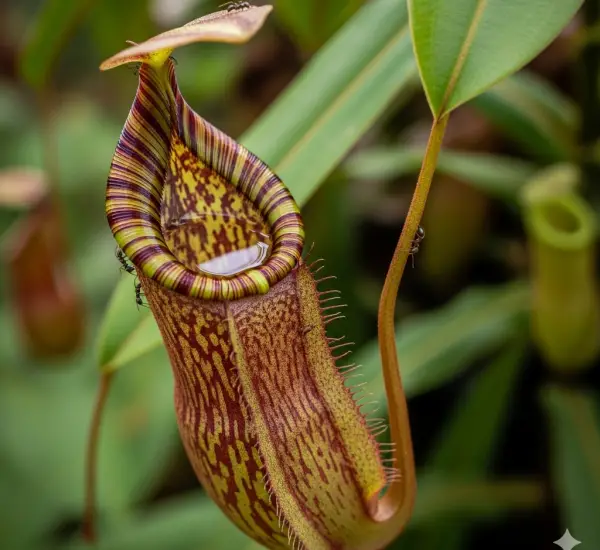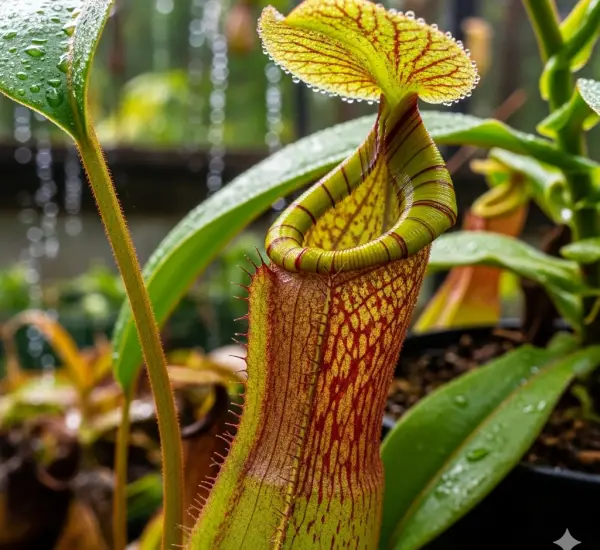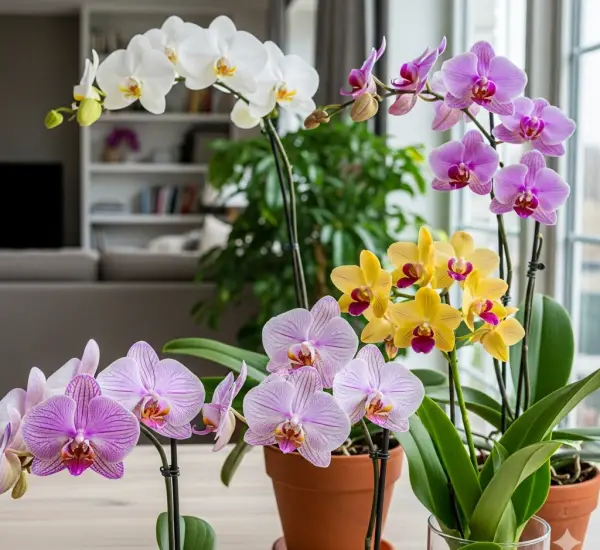Lemongrass, with its refreshing citrus scent and flavor, is a versatile herb used in Asian cuisine, teas, and natural remedies. Beyond its culinary and medicinal uses, it also makes a beautiful ornamental plant with tall, graceful blades that add texture to any garden. While traditionally grown in open garden beds, lemongrass adapts well to container gardening. Using rustic wooden crates as planters provides a practical, stylish, and space-saving way to cultivate this fragrant herb in your backyard.
This guide will walk you through the essentials of growing and maintaining lemongrass in crates, making it a rewarding backyard herb garden project.
Why Grow Lemongrass in Crates?
Crates offer both functionality and charm for backyard gardeners. Unlike small pots, crates provide enough depth and width for lemongrass to establish its clumping root system. They also allow for better control of soil quality, drainage, and placement. Wooden crates add rustic beauty to outdoor spaces, turning a simple herb into a decorative focal point.
For those with limited space, crates make it possible to enjoy fresh lemongrass on patios, balconies, or small backyards. They can also be moved easily to follow the sun or sheltered during colder weather, making them more flexible than in-ground planting.
Preparing the Crate
Choosing the right crate is the first step. Select one that is at least 12 to 16 inches deep and wide, since lemongrass develops a strong root system. Untreated wood is best to avoid chemicals leaching into the soil. If you want to extend the life of the crate, seal the outside with a natural, weather-safe coating while leaving the inside untreated.
Line the crate with burlap, landscape fabric, or another breathable material to prevent soil from spilling out while still allowing drainage. Be sure to drill drainage holes in the base if the crate doesn’t already have them—lemongrass dislikes soggy roots.
Soil Mix and Planting
Lemongrass thrives in rich, well-draining soil with consistent moisture. A mix of potting soil, compost, and a little sand or perlite works well. The compost adds nutrients, while the sand or perlite keeps the soil light and airy.
Planting can be done either from nursery seedlings or stalks purchased from a market. If using fresh stalks, choose ones with a base and roots intact. Trim the tops to about six inches, place the stalks in a jar of water until roots develop, then transfer them into the crate. Space the plants 6 to 8 inches apart to give them room to form dense clumps.
Sunlight and Watering
Lemongrass is a sun-loving herb. Place your crate in a location that receives at least 6 to 8 hours of direct sunlight daily. The more sun the plant receives, the more vigorous and flavorful it will grow.
Consistent watering is essential. The soil should remain moist but never waterlogged. Check moisture regularly, as crates dry out more quickly than ground soil. In hot weather, daily watering may be necessary to keep the plants thriving.
Feeding and Maintenance
Lemongrass is a heavy feeder and benefits from regular fertilization. Apply a balanced organic liquid fertilizer or compost tea every three to four weeks during the growing season. This promotes strong leaf growth and healthy clumps.
Mulching with straw or shredded leaves helps retain soil moisture, suppress weeds, and regulate temperature inside the crate. Remove any dead or damaged leaves to keep the plant tidy and encourage new growth.
Harvesting Lemongrass
Harvesting lemongrass is simple and rewarding. Once the plant is well-established and stalks are at least ½ inch thick, you can begin harvesting. To harvest, pull or cut the stalks from the base of the plant. The lower white section of the stalk is the most flavorful and is used in cooking.
Leaves can also be harvested and used for teas or as aromatic additions to soups and stews. Harvesting regularly encourages the plant to produce new shoots, giving you a continuous supply.
Overwintering and Protection
Lemongrass is a tropical plant that thrives in warm conditions. In regions with cold winters, crates make it easy to protect your plants. Before frost arrives, move the crate indoors to a sunny window or greenhouse. Alternatively, harvest the stalks before winter and replant new ones in spring.
Adding Charm to Your Backyard
Growing lemongrass in crates not only provides fresh, fragrant herbs but also adds rustic charm to outdoor spaces. The tall, arching blades bring a touch of elegance, while the wooden crate enhances the natural beauty of the plant. Grouping several crates together with other herbs like basil, mint, or parsley creates a backyard herb corner that is both functional and decorative.
Final Thoughts
Lemongrass in crates is a practical and beautiful backyard garden project. With the right crate, fertile soil, plenty of sun, and regular care, you can enjoy a continuous harvest of this flavorful herb while enhancing your garden with rustic appeal. Whether you’re cooking fragrant curries, brewing herbal teas, or simply enjoying the look of lush greenery, crate-grown lemongrass brings both charm and utility to your outdoor space.



